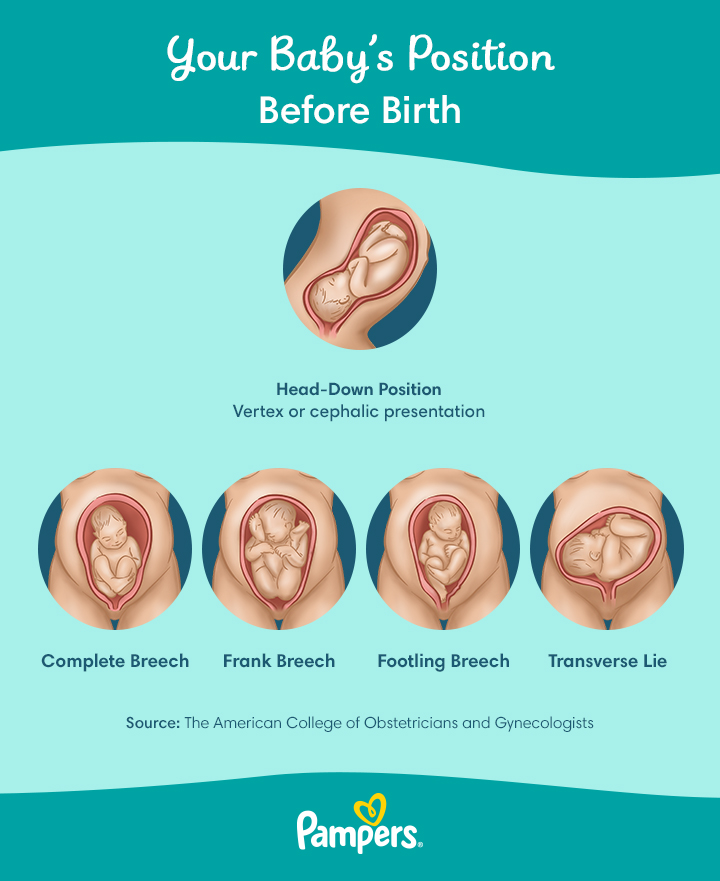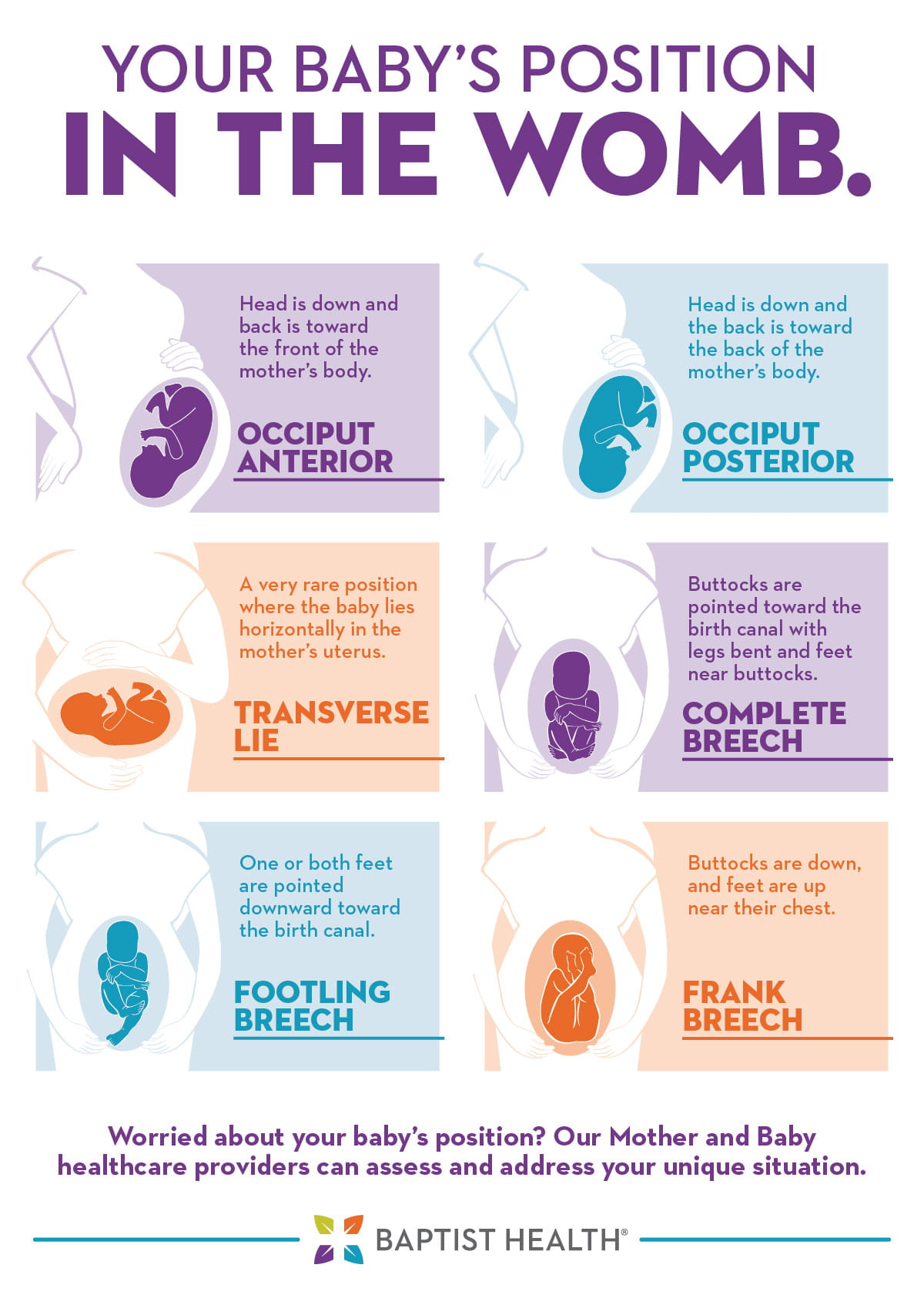During pregnancy, one of the most awaited milestones is when the baby turns head down in preparation for labor and delivery. It is essential for expecting mothers to be able to determine if their baby is in the correct position. Let’s explore some common signs and methods to know if your baby has turned head down.
Signs that Your Baby is Head Down
1. Lower Belly:
When the baby drops, you may notice a change in the shape of your belly. The baby’s head descending lower into the pelvis can result in a lower belly appearance.
2. Pelvic Pressure Pain:
As the baby’s head puts pressure on the pelvic area, you may experience discomfort or mild pain. This can be an indication that the baby is in the head-down position.
3. Frequent Urination:
When the baby takes a lower position, it can exert pressure on the bladder, causing an increased need to urinate. If you find yourself making more trips to the bathroom than usual, it could be a sign that your baby is head down.
4. Feeling For Baby’s Head:
You can try feeling the area around the top of your pelvis or pubic bone to determine your baby’s position. Apply gentle pressure with your fingertips. If you encounter a hard surface, it is likely the baby’s head. If the area feels softer, it is likely the baby’s bottom.
5. Movement And Kicks:
When the baby is head down, you may feel kicks higher in your belly or under your ribs. This is because the baby’s head is closer to your upper abdomen. On the other hand, if you feel kicks lower in your abdomen, it could indicate that the baby is in a breech position.
When Does the Baby Turn Head Down?
Typically, babies turn head down between the 32nd and 38th week of pregnancy. However, each pregnancy is unique, and the exact timing can vary for different individuals.

Credit: www.pampers.com
Consulting with Your Doctor
Your healthcare provider can monitor your baby’s position during your prenatal appointments. They will feel your belly to locate the baby’s head, back, and buttocks, providing you with professional confirmation of your baby’s position.

Credit: www.baptisthealth.com
Frequently Asked Questions For How Do You Know If Baby Is Head Down
What Does It Feel Like When A Baby Is Head Down?
When a baby is head down, you may feel a lower belly, pelvic pressure pain, and a frequent need to urinate. This is known as “lightening” and is a sign that the baby is getting ready to be born. To determine the baby’s head position, gently press the area around the top of the pelvis or pubic bone – a hard surface indicates the head, while a soft surface suggests the baby’s bottom.
What Week Should A Baby Be Head Down?
Babies should ideally be head down by the 32nd-36th week of pregnancy. It is known as the “head down” position and is essential for a smoother delivery process. This is referred to as the “cephalic presentation” and is the most favorable for birth.
How Can I Tell Where Baby’s Head Is?
To determine your baby’s head position, gently press the area near the top of the pelvis. A hard sensation indicates the head, while a softer feeling suggests the baby’s bottom. This method can help identify the baby’s position in the womb.
Is It Painful When Baby Turns Head Down?
When the baby turns head down, you may feel movement or pressure in the pelvis, which can be uncomfortable but not typically painful.
Conclusion
Recognizing the signs that indicate whether your baby is head down is crucial for expecting mothers. Lower belly appearance, pelvic pressure pain, frequent urination, feeling for baby’s head, and movement patterns are all useful indicators. Consult with your doctor for a definitive confirmation, and enjoy the anticipation of your baby’s arrival.